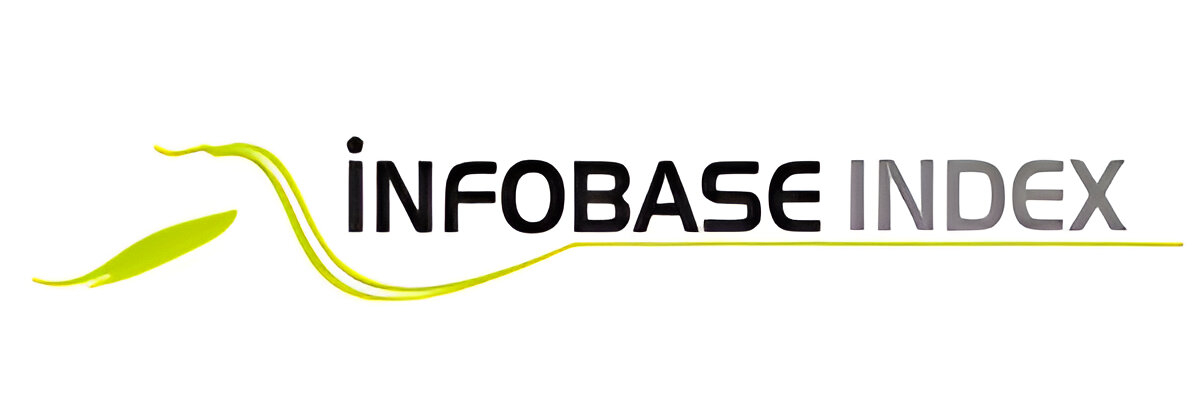Graph CNN For Drug Discovery
Abstract
Drug discovery is a complex and costly process
essential to the advancement of modern medicine.
Traditional approaches are time-consuming and
labor-intensive, with high attrition rates and
significant investment. Recent advancements in
machine learning, particularly Graph Convolutional
Neural Networks (GCNNs), offer promising
solutions by providing a computational framework
to predict molecular properties efficiently. In this
mini paper, we explore how GCNNs represent
molecules as graphs and learn patterns that correlate
with pharmacological activity. The system
integrates node and edge features, employs
message-passing algorithms, and performs effective
pooling operations for tasks like ligand-protein
interaction prediction. The model's ability to
generalize and identify strong drug candidates is
demonstrated through a case study on potential
treatments for Hemochromatosis. Our results show
the effectiveness of GCNNs in identifying viable
drug candidates with higher accuracy compared to
traditional computational methods.











